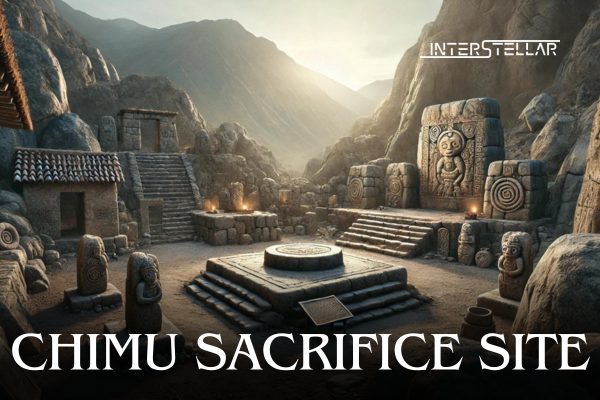Archaeologists Uncover 600-Year-Old Child Sacrifice Site in Northern Peru
Archaeologists in Trujillo, northern Peru, have discovered the remains of nearly four dozen children, believed to have been ritually sacrificed over 600 years ago. This recent find, which offers new insights into the practices of pre-Hispanic cultures, adds to the growing evidence of ritual sacrifices conducted by the Chimu civilisation.
Evidence of Ritual Sacrifice
Julio Asencio, an archaeologist at the site, reported that many of the children’s remains show cuts on their sternum and ribs, indicating that their hearts may have been removed during the sacrifice. Each child was buried individually, suggesting that the ritual was carried out with care and precision.
Nearby, the team also uncovered the remains of two adults and nine llamas. The llamas, a crucial resource for the Chimu people, may have been included as offerings to symbolise food, clothing, and transport. The inclusion of the adults, whose purpose in the ritual remains unclear, adds further complexity to the understanding of Chimu sacrificial practices.
Historical Context of the Chimu Civilization
The Chimu civilisation flourished along Peru’s northern coast from the 700s to the late 1400s before being conquered by the Inca Empire. The Chimu are believed to have performed child sacrifices to appease their gods during times of environmental hardship, such as severe rains and flooding caused by El Niño. This practice, aimed at influencing natural forces, reflects the Chimu’s attempts to maintain social and environmental balance.
This latest discovery is not the first evidence of large-scale sacrifices by the Chimu. In a previous excavation nearby, archaeologists unearthed a mass grave of 140 children, each bearing similar cuts on the sternum and ribs, alongside hundreds of llamas. Researchers suggest that the children’s hearts were removed during the ceremonies, underscoring the scale and significance of these rituals.
The Importance of Peruvian Archaeological Sites
Peru is rich in archaeological sites from various pre-Hispanic cultures, including the Chimu and Inca civilisations. The Inca Empire, which rose to prominence shortly after the Chimu, extended from present-day Ecuador through central Chile. These discoveries provide a window into the religious and cultural practices of ancient civilisations that once dominated the region.
The new find in Trujillo is yet another example of the complex and often tragic history of the region’s indigenous peoples. As archaeologists continue to unearth more about the Chimu and other cultures, the understanding of their societal structures, beliefs, and rituals deepens, offering valuable lessons about human history.





